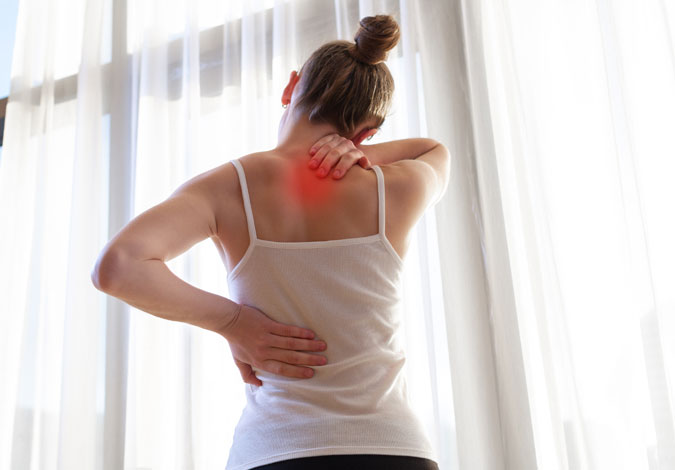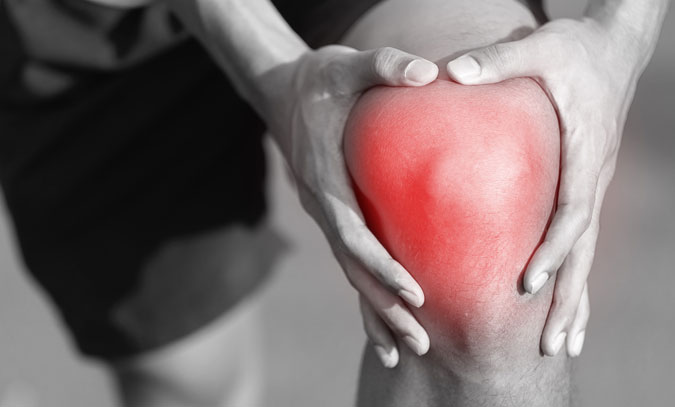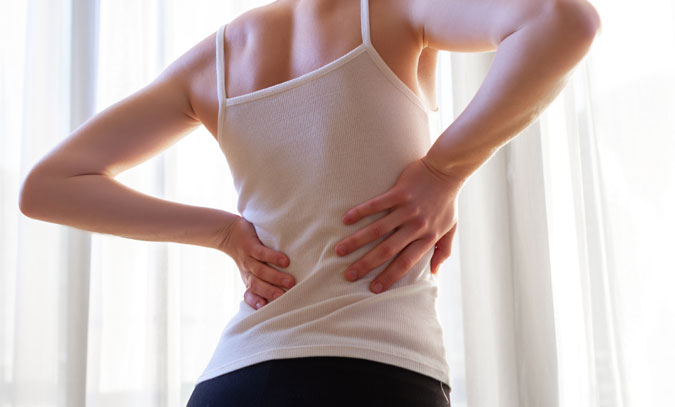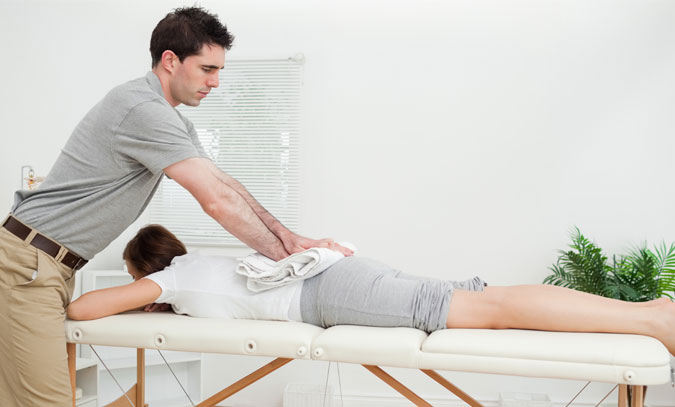General Back Pain

Spondylolisthesis
The most common cause of low back pain in adolescent athletes that can be seen on X-ray is a stress fracture in one of the bones (vertebrae) that make up the spinal column. Technically, this condition is called spondylolysis (spon-dee-low-lye-sis). It usually affects the fifth lumbar vertebra in the lower back and, much less commonly, the fourth lumbar vertebra. If the stress fracture weakens the bone so much that it is unable to maintain its proper position, the vertebra can start to shift out of place. This condition is called spondylolisthesis (spon-dee-low-lis-thee-sis). If too much slippage occurs, the bones may begin to press on nerves and surgery may be necessary to correct the condition.
Sprains and Strains
Most acute pain in the back results from sustaining a mild strain in the back or back musculature. Sprains and strains in your lower back usually happen during a sudden and stressful injury, causing stretching or tearing of the muscles, tendons, or ligaments in your lower back. When you strain or sprain your lower back it causes a lot of stress on your spine, irritating it. If you have this condition you may also suffer from painful muscle spasms which can occur during your daily activities or at night while you’re sleeping. The pain is usually limited to five or ten days.


Sciatica
If you suddenly start feeling pain in your lower back or hip that radiates to the back of your thigh and into your leg, you may have a protruding (herniated) disk in your spinal column that is pressing on the roots of the sciatic nerve. This condition is known as sciatica.
Herniated/Ruptured Discs
When people say they have a “slipped” or “ruptured” disk in their neck or lower back, what they are actually describing is a herniated disk-a common source of pain in the neck, lower back, arms, or legs.
Spinal Stenosis
The lumbar spine (lower back) provides a foundation to carry the weight of the upper body. It also houses the nerves that control the lower body. With aging, degenerative changes in the spine can occur. The disks between the vertebrae (bones) may become dehydrated, and the joints may become overgrown due to arthritis. Over time, these changes can also lead to narrowing, or stenosis, of the spinal canal.



